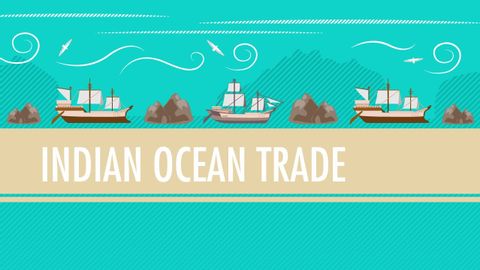
字幕と単語
国際商業、シュノーケリング・キャメル、インド洋貿易。クラッシュ・コース 世界史 #18 (Int'l Commerce, Snorkeling Camels, and The Indian Ocean Trade: Crash Course World History #18)
00
Chi-feng Liu が 2021 年 01 月 14 日 に投稿保存
動画の中の単語
wind
US /wɪnd/
・
UK /wɪnd/
- n. (c./u.)風;(変化などの)傾向 : 影響
- v.i.(道などが)曲がりくねる : うねる
- adj.管楽器 : 吹奏楽器
- v.t.巻いて動かす;巻きつける
A1 初級
もっと見る エネルギーを使用
すべての単語を解除
発音・解説・フィルター機能を解除
